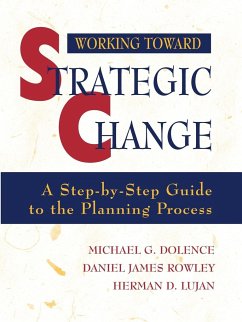
Management Fads in Higher Education
Where They Come From, What They Do, Why They Fail
Versandkostenfrei!
Versandfertig in über 4 Wochen
41,99 €
inkl. MwSt.

PAYBACK Punkte
21 °P sammeln!
When is a management innovation truly a good idea, and when is it only a fad? In this thoughtful and engaging book, Robert Birnbaum takes a critical look at the rise and fall of management fads in higher education since the 1960s. He shows higher education administrators and faculty how to move beyond the hype of new fads to make wise, informed decisions and adopt sound management policies. Birnbaum first introduces some novel ideas about fads and carefully analyzes the historical development of seven major management systems in higher education: Planning Programming Budgeting System, Manageme...
When is a management innovation truly a good idea, and when is it only a fad? In this thoughtful and engaging book, Robert Birnbaum takes a critical look at the rise and fall of management fads in higher education since the 1960s. He shows higher education administrators and faculty how to move beyond the hype of new fads to make wise, informed decisions and adopt sound management policies. Birnbaum first introduces some novel ideas about fads and carefully analyzes the historical development of seven major management systems in higher education: Planning Programming Budgeting System, Management by Objectives, zero-base budgeting, strategic planning, benchmarking, Total Quality Management, and Business Process Reengineering. From these detailed histories, he develops a model for understanding the life cycle of management innovations, including their creation, development, and eventual adoption or abandonment. The author also explains the social and environmental factors that make educational institutions vulnerable to fads, plus the psychological processes that may lead managers to support failing fads. Finally, Birnbaum explores both the negative and the positive consequences of management fads. Fads often create significant educational and organizational problems, but they are an essential source of good ideas that may be of great value to colleges and universities. He suggests what academic managers can do to maximize the organizational benefits of new management techniques while minimizing their institutional costs. This comprehensive resource can help administrators and faculty become effective academic leaders who understand how management innovations can be used to strengthen the enduring educational and social purposes of higher education.














